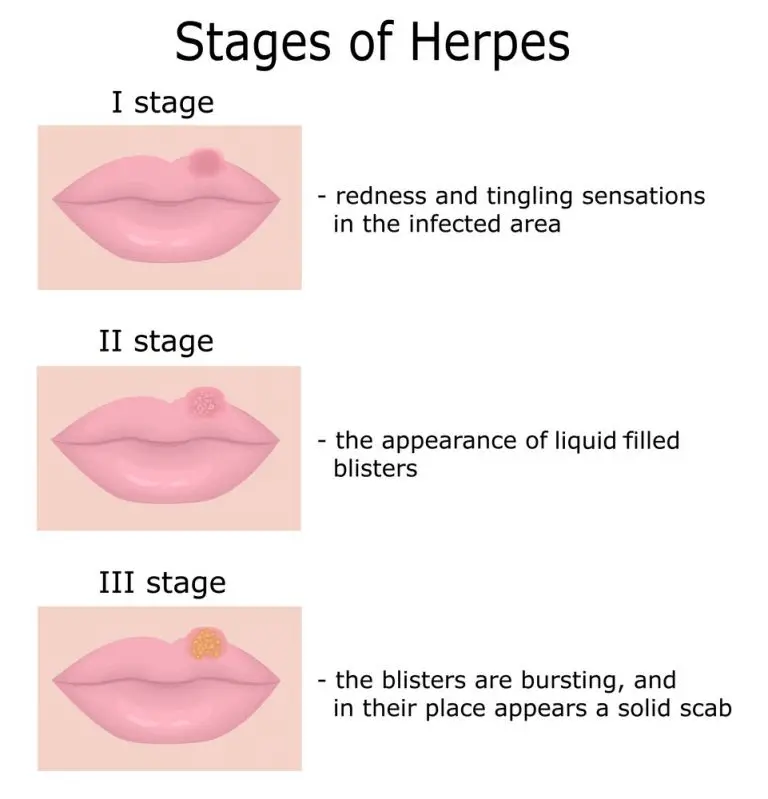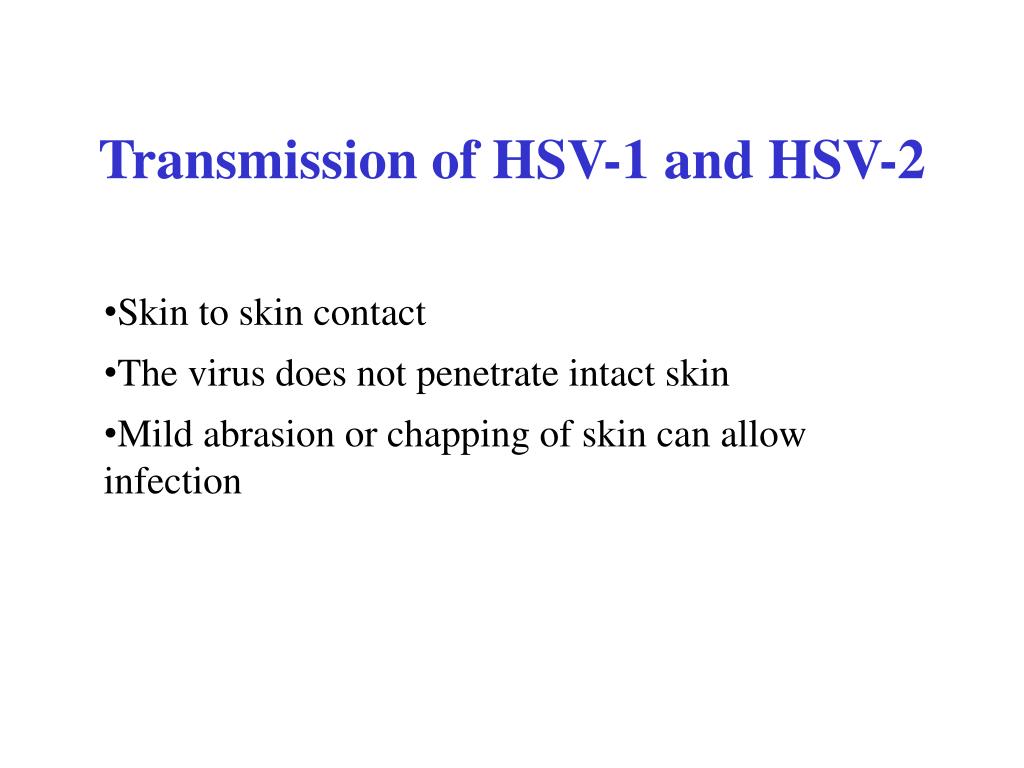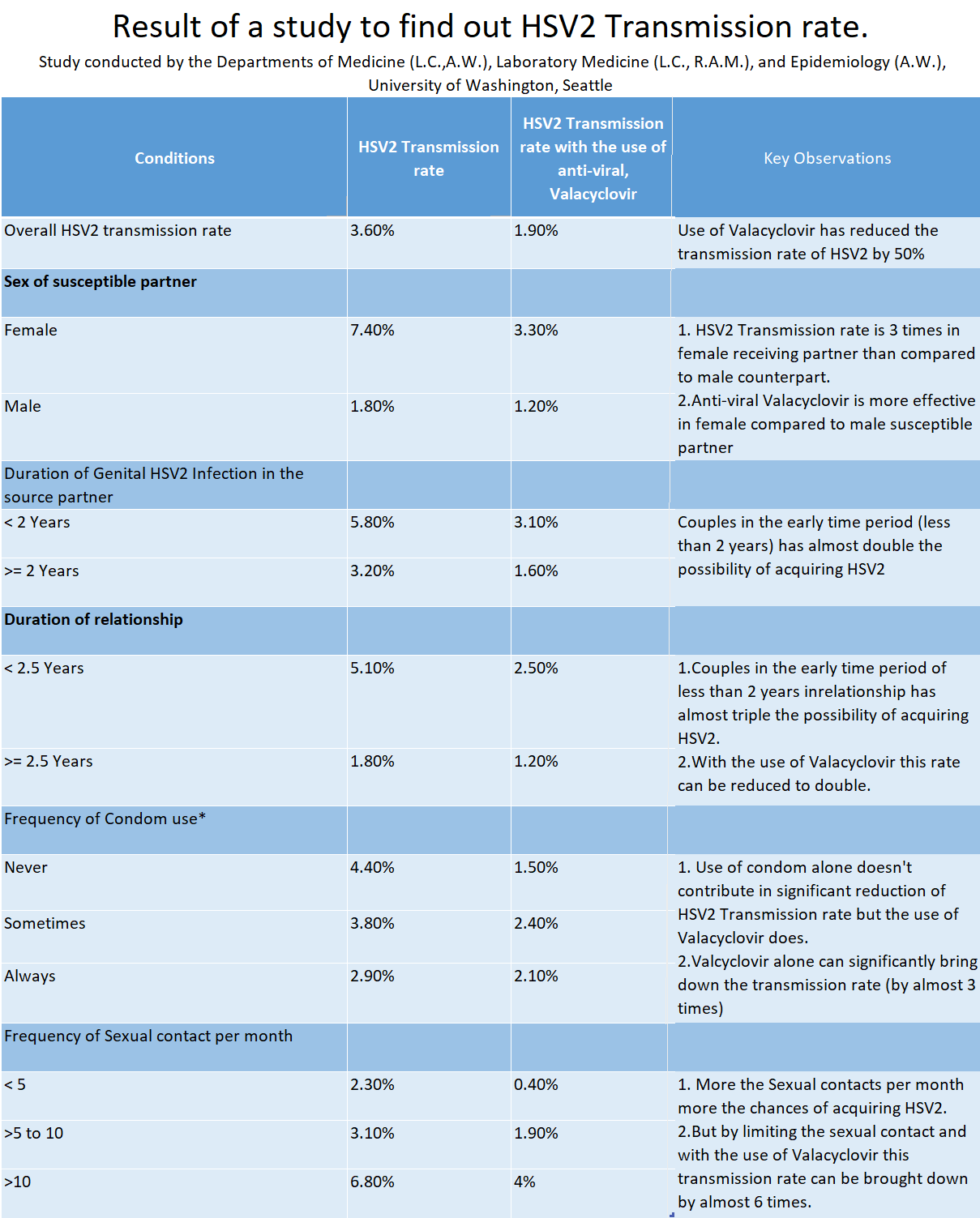


Women: infection is often asymptomatic, but when clinically active, may include sores or vesicles around the vaginal region, including the vulva and cervix, perianal, buttocks or thighs.Presentation: classically presents as a small number of painful, clustered vesicles with an erythematous base increased pain noted upon rupture, leaving shallow ulcers that heal spontaneously without treatment over 4-10 days.Diagnostics: note that serotype-specific serology helps confirm seroconversion in primary infection the role in non-primary infection diagnosis is poorly defined.Neonatal infection: risk ~40% if primary genital HSV infection occurs in the mother during the third trimester.

Genital infection: see the section below.Mononucleosis syndrome: pharyngitis, fever, cervical lymphadenopathy not uncommon primary infection of adolescents.Primary gingivostomatitis: fever, sore throat, cervical lymphadenopathy, oral cavity vesicular enanthem that may involve the lips, tongue and mucosal surfaces.Clinical presentations: vesicular presentation is often diagnosed clinically but can confirm with viral culture or PCR of ulcer/vesicle or use serology (e.g., Herpselect Ab I/II, type-specific).Most HSV is acquired from an infected but asymptomatic person. Asymptomatic in two-thirds of both HSV-1 and 2.HSV-1: herpes labialis is the most common form of recurrent HSV-1, but 30% of genital HSV is nowadays HSV-1.HSV-1: 50-80% of adults seropositive (U.S.


 0 kommentar(er)
0 kommentar(er)
